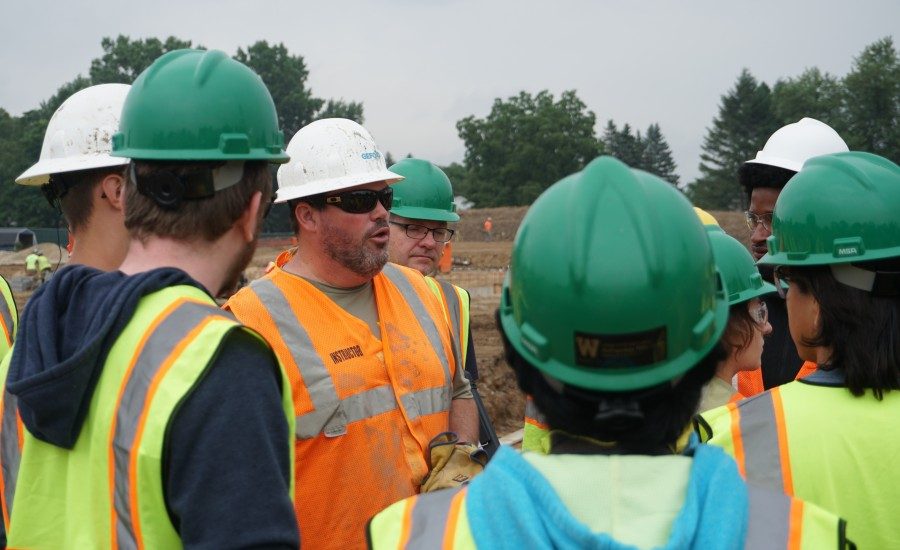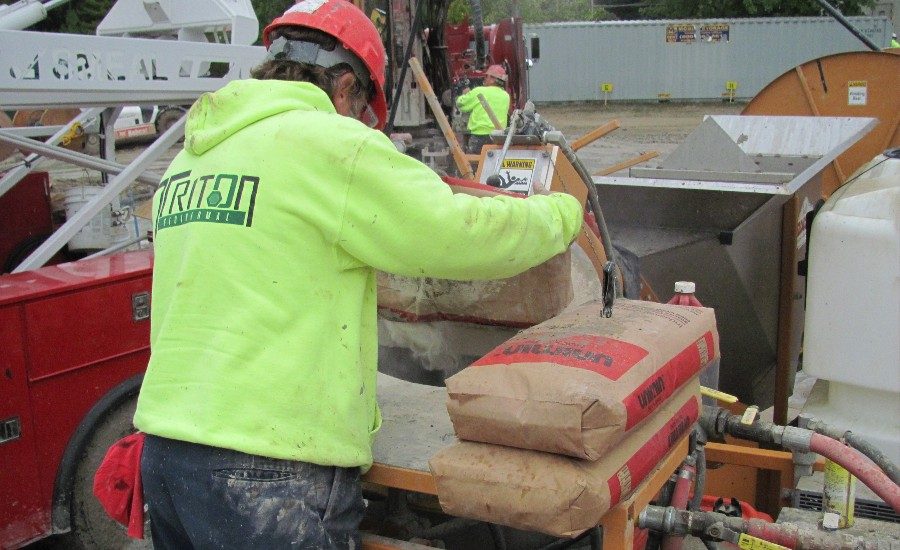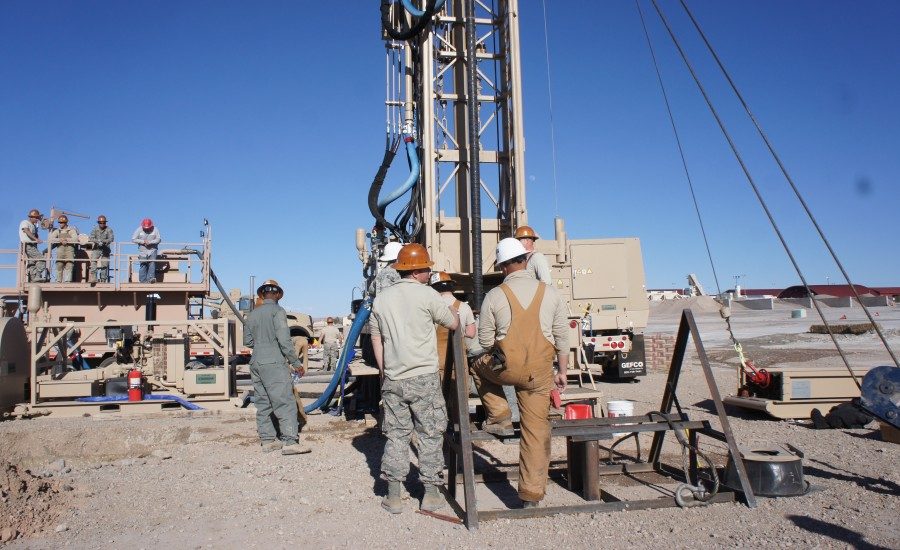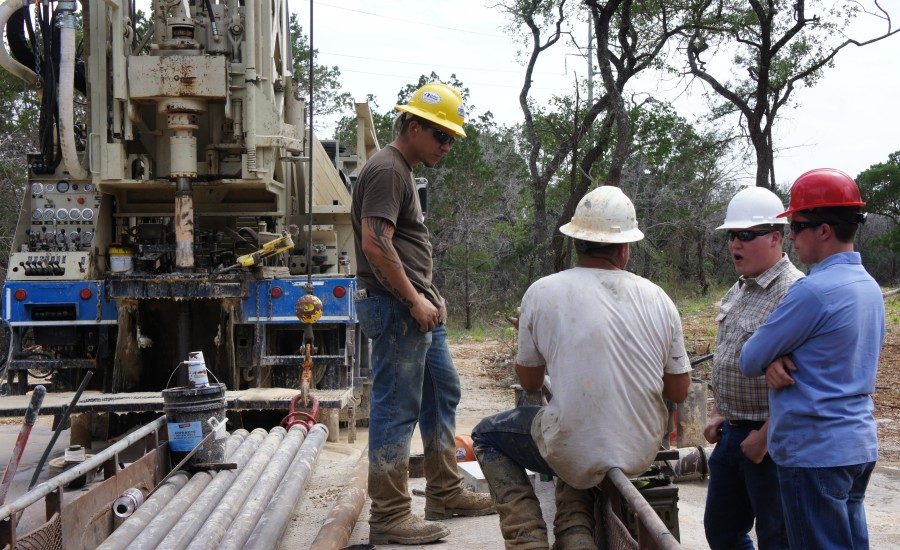I often talk about our self-taught, tribal ways of operating. We are a tribal industry, and the tribalism of our industry makes us equally great and not so great.
What is tribalism? Behavior and attitudes that stem from strong loyalty to one’s group. We belong to the elite tribe of drilling professionals. Our tribe is responsible for discovering the unknown to provide water, natural resources, geotechnical information and installation of critical infrastructure. The greatest aspect of our tribe is our ability to adapt to challenging conditions by applying alternative methods, designing custom tooling or engineering a new solution. The not-so-great aspect of our tribe is when we shift from safe, smart solutions to completing the job by any means necessary.
Working in unsafe conditions has, to an extent, become a competition. Who can challenge fate the most before a catastrophic event occurs?
This reckless aspect of tribalism fosters a culture of operating in unsafe, high-risk conditions and accepting those conditions as standard. Beyond accepting dangerous situations as a daily occurrence, a portion of the tribe glorifies those high-risk conditions. Working in unsafe conditions has, to an extent, become a competition. Who can challenge fate the most before a catastrophic event occurs? As an industry, it will take the entire tribe to change our culture of accepting high-risk conditions as routine operating procedures.
As a tribe, how do we create a better safety culture? The first step is recognizing that accepting any form of unnecessary risk is too much. That does not mean daily processes and procedures cannot have a level of risk involved; it means we need to identify those hazards and prepare our team to minimize exposure.
One of the best examples of common tribalism in drilling is poor lifting techniques. As an industry, we understand that many items on a jobsite require two people or, often, a machine to lift. However, the tribal norm turns moving heavy objects into the jobsite’s strongest man competition. I have worked many sites moving bentonite by grabbing two bags on a pallet, twisting my body and lifting the sacks to my brother on the grouter platform. Sadly, the award for the jobsite’s strongest man can be irreversible damage to the spine, muscles and joints. Our tribe loves the mantra “pain is temporary, but pride is forever.” Sadly, our co-workers are not there to cheer us on as that shooting pain flares up while we play with our children or grandchildren.
Any tribe can have trouble stopping unnecessary risks before a catastrophic event occurs. All cultures focus on the end results goal or a finished product goal. All good business tribes understand that finishing projects create revenue. When we step on the jobsite, the goal is to provide resources and information to our customers to generate income. Groundwater professionals drill to provide water to sustain life, which allows us to keep the business operating. Focus on that end goal can create safety blind spots for teams — until they are halted by fate.
It is never the intent for people, equipment or the environment to be damaged while moving toward completion. But, remember, as much time or effort that a cut corner may save, when fate results in a catastrophe it can significantly (and negatively) influence of the bottom line.
How do we prevent the unnecessary risk? We stop chancing fate with knowledgeable teams and leaders in the field. A leader who outlines the task confronting their team intuitively prevents unnecessary risk. Team involvement allows everyone to discuss what has worked in the past and red-flag potential issues for the day. Even with a tight focus on the step-by-step of getting the project done, the team does not lose sight of the end goal; they just have a better understanding of the necessary steps to achieve it. A team’s safety culture also benefits from breaking up the project’s overall end goal into daily goals or individual milestones.
Better safety culture flows from recognizing risks and setting goals for crews to use in managing those risks. However, we have all worked with an outlier whose own work unravels a team’s best safety efforts. He may glorify unsafe conditions, as if drilling is a more courageous career path for operating in a risky manner than another job that operates safely. Plenty of “brave” career tribes, such as soldiers, first responders and health care workers, openly work with high a level of risk. I think our tribe can trace some of these negative influences on our safety culture to our big brother, the oil field. The oil field has a positive influence on our tribe with new tooling and technology, but its safety record can be lacking.
In a report published in 2018, the CDC reported that from 2008 to 2017, 1,038 oil and gas workers perished on the job — a fatality rate of 18.9 per 100,000 workers. It is ingrained in our culture to question that fatality rate. We conclude that these types of accidents occur at large companies operating many projects. However, the study elaborates further that workers employed by smaller companies (with fewer than 20 employees) are five times more likely to be killed on the job than workers employed by a large company. Regardless of the tribe or size of the company, a loss of life is an awful event and unacceptable. We must stop glorifying unsafe acts and believing, “it will not happen to me.”
The final step in changing our safety culture is discussing and educating our teams on the immediate and long-lasting impacts of unsafe conditions. We need to name specific jobs and people who have been injured or killed in our tribe. No one starts the day believing they would get hurt or worse, not return home to his or her family. Describing incidents with names and blunt talk of risks ignored can help make it real for crews.
Our tribe thrives on the ability to learn from doing. Taking prior job experience and applying it to the next job is what creates a successful completion. Our ability to react instantaneously to changing downhole conditions before we plug the bit develops from prior project experiences where we plugged the bit. If a good pump crew loses a pump in the hole, they will cautiously approach the next job with similar conditions. To change our safety culture, we have to throw out the concept of completing the task by any means necessary. When we have a moment that nearly turned catastrophic, our drillers and operators need to treat that experience the same way they treat the prevention of a plugged bit or lost pump. We can draw on project experience where we had near misses or minor incidents. That experience is a critical tool in mitigating unsafe high-risk conditions — ultimately preventing injuries and saving lives.







Report Abusive Comment